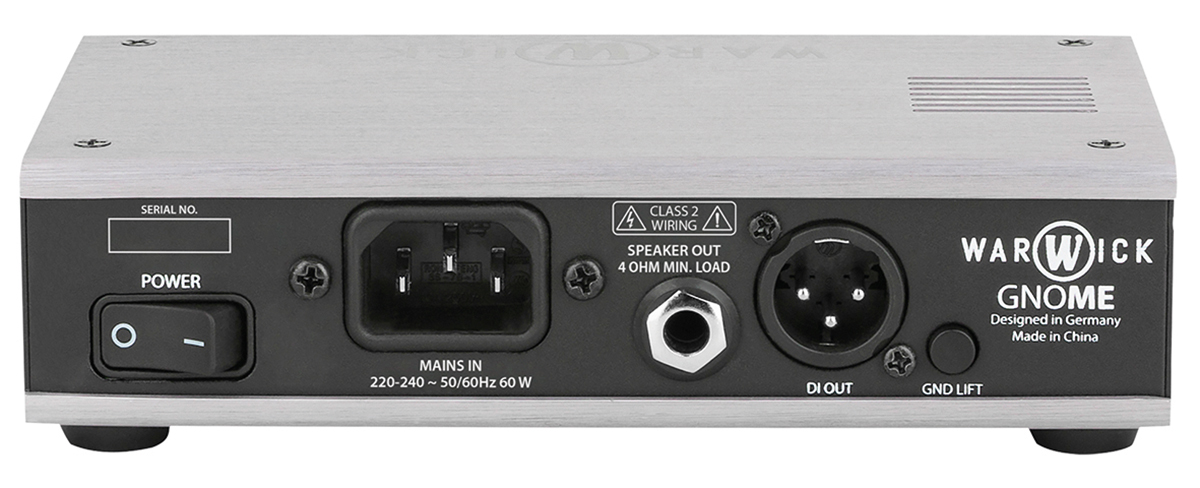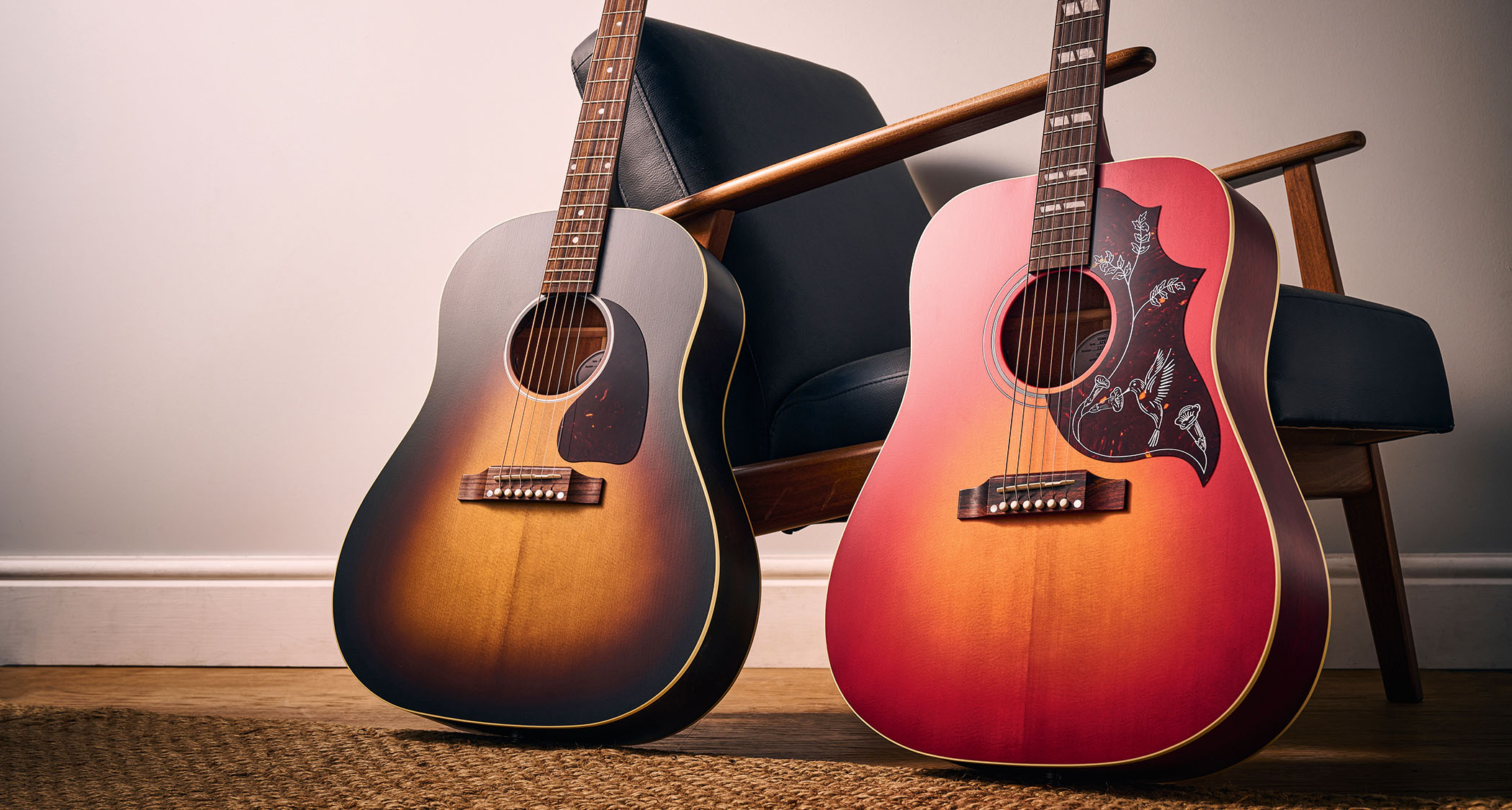Guitar World Verdict
Easy to use, fantastic price with great features – a class-leading bass amp.
Pros
- +
Compact.
- +
Lightweight.
- +
Simple to use.
- +
Low cost.
Cons
- -
No Speakon connector, effects loop or control over compressor/limiter.
You can trust Guitar World
Nowadays, most of us have realized that bassists don’t really need to be carrying around huge bass amps in order to pack a punch, when so many lightweight Class D alternatives are available.
As a reminder, Class D amps use a high-frequency oscillator carrier at 400 KHz with pulse width modulation techniques to amplify the audio signal, only drawing current when the audio signal is present.
This makes the amplifier extremely efficient, at 90 percent or higher. Filtering is then required to remove the non-musical harmonics generated as by-products present on the output, which need to be removed and can be costly.
Competition is fierce in the Class D amplifier market, with quality varying widely between manufacturers. As for the product cost, design expenses can be cut while still maintaining the output power – but the pay-off is whether the amp’s musicality is retained.

This brings us to Warwick, who released three Gnome series bass heads earlier this year: These Class D units focus on affordability, power and quality, with optional USB interfaces for digital applications. Let’s give them a spin.
Build Quality
The first two units are the Gnome and Gnome i, both offering 200 watts at 4 ohms or 130 watts at 8 ohms; the latter comes with a USB socket. These two amps share the same gain, three-band EQ, limiter/compressor and master controls. The third amp is the Gnome iPro, which supplies 280 watts at 4 ohms or 180 watts at 8 ohms.
The amplifiers can only be described as robust with a capital R, each with a smart black steel chassis, using a brushed steel effect at base and top, plus four rubber feet. The units feel as solid as a tank and should be able to withstand a fair amount of abuse. Everything is simple and well laid out.
The front control panel has a 1/4” jack input for active or passive basses, and the LED next to it lights up green when a signal is present and red when the compression/limiter is active, preventing clipping.
There are rotary controls for Gain, Bass, Middle, Treble, and Master, plus a green power LED and a headphone socket. The back panel has a power switch, IEC power connector, a 1/4” speaker jack, XLR DI line out and ground lift button and (aside from the entry-level unit) a USB digital output.
We tested the amps with a fair selection of basses: a Squier Precision, a Wal, a Jaydee fretless and a Stingray five-string, coupled to a pair of Aguilar SL112 cabs.
Using the EQ set at noon and slowly winding up the Gain and Master volumes, the Gnome produces a strong but well-balanced natural sound which retains the characters of all four basses. The musicality of the three-band EQ is impressive, accentuating the tonal qualities with 15dB cut and boost for bass, mids, and treble (80 Hz, 400 Hz, 4.2 KHz) providing numerous possibilities.

Sound Quality
The beauty of these amplifiers lies in their simplicity: five knobs on the front does it all. Using the Gain control in conjunction with the EQ is when things start to get interesting. A range of tones from old-school Motown and funk to metal is available at any volume, kept in check with the on-board compressor/limiter.
Power is adequate from the Gnome i, making it suitable for small sound stages, but the Gnome iPro is recommended for larger venues. You could also pair up a Gnome i with a basic Gnome for a stereo setup or for larger events.
A unique selling point of both the Gnome i and iPro variants is the basic USB audio interface, which allows for digital connectivity with PC, Macs and other compatible devices. Bass-lines can easily be recorded and distributed, while the interface also opens the door for editing your tones and parts in the DAW of your choice.
Conclusion
These are straightforward, easy-to-use amplifiers, available at a very bassist-friendly price. The sonic possibilities, especially via software when connected to a DAW, are extensive – and as for the ease of transport? Priceless.
Specs
- PRICE: $199 / £129; $249 / £169; $299 / £199
- MADE IN: China
- OUTPUT: Gnome/Gnome i 200 watts at 4 ohms, 130 watts at 8 ohms; Gnome iPro 280 watts at 4 ohms, 180 watts at 8 ohms
- FEATURES: Gain, Bass, Middle, Treble, Master, signal level/compressor LED indicator, LED power indicator, automatic limiter/compressor, Class D power amp section with clip, thermal, DC, over current and short circuit protection
- CONNECTIONS: Front panel .25” jack input on front for active and passive basses, .25” jack output headphones; Rear panel Post EQ balanced XLR DI output with ground lift switch, .25” jack speaker output, USB type B Digital audio output, IEC power connector, power switch
- DIMENSIONS (LxWxH): Gnome/Gnome i 6.7 x 4.6 x 1.8” Gnome iPro 7.9 x 5.4 x 1.9”
- WEIGHT: Gnome/Gnome i 2.2lbs Gnome iPro 3 lbs
- CONTACT: Warwick
“Our goal is to stay at the forefront of amplification innovation”: How Seymour Duncan set out to create the ultimate bass amp solution by pushing its PowerStage lineup to greater heights
“It’s a game-changer for me”: Laney and Nathan East team up for a versatile signature bass head that ends a 40-year wait for the session legend











